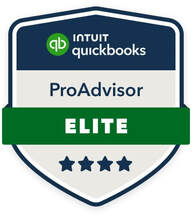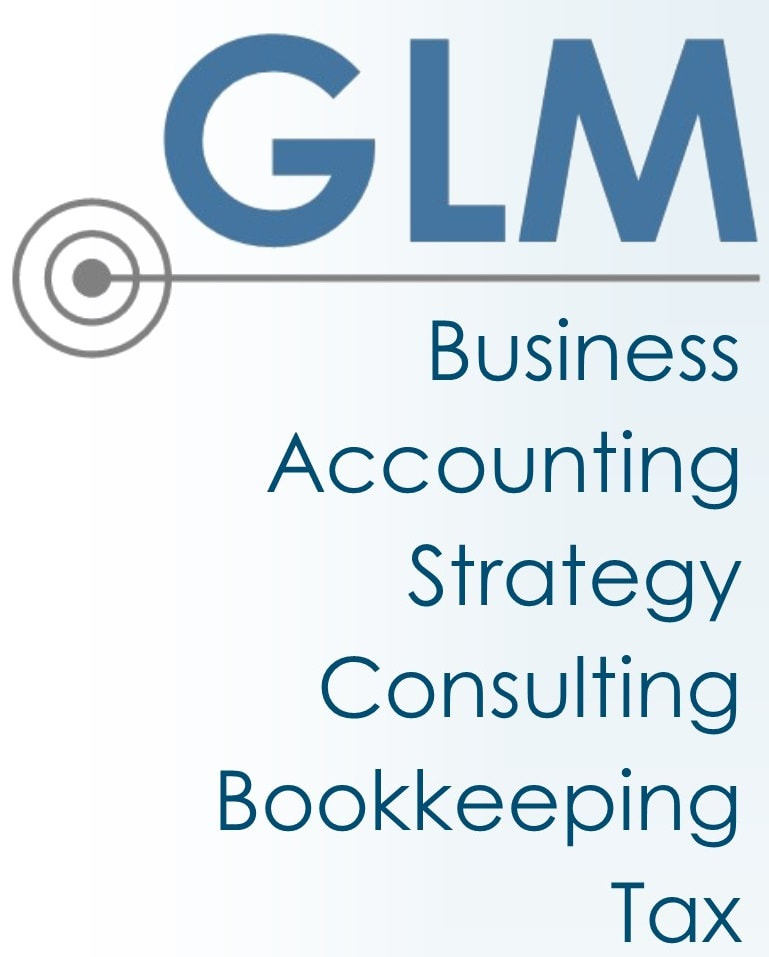President of COMPLUS Inc. – Professional Controllers
(773) 233-0306 [email protected]
A business owner should write his/her own business plan. A ghost-written plan is virtually valueless because the ideas are usually those of the writer not those of the business owner. There are some computer programs to guide plan construction. They may produce a more literate result, but may also hide the true character of the business and its owner. Be careful with their use. There should be more thought applied than just fill-in-the-blanks. There are numerous classes offered through various business groups and local colleges and universities on “How to Prepare a Business Plan.” Many are free. Attend one if you need to. “Old” prospectuses (business plan material prepared by companies for selling securities to the public) may be available from stock brokers and other investment advisors. These will provide examples of how the “big boys” do it. Full disclosure is critical.
A business plan is the blueprint for the future development of a business. It expresses the vision of its leadership. It describes the resources that are available and those that are needed. It describes the competitive advantages, and threats. A business plan should be a process, not just a product. Write one; think about it; discuss it with your key business allies; and then revise it at reasonable intervals. Below is a “sample” table of contents for a business plan. It’s just a good place to start. Please revise it and flesh out the content to suit your specific circumstances. Best wishes for much success.
SAMPLE BUSINESS PLAN CONTENTS
1. Executive Summary
2. Current Situation
3. Vision
- Mission Statement
- Goals (long range)
- Objectives (short/medium range)
4. Management
5. Product / Service Description
6. Market Analysis
- Customers
- Competition
- Opportunities
- Risks
7. Marketing Strategy
- Personnel
- Facilities / Equipment
- Pricing & Profitability
- Advertising & Promotion
- Public Relations
- Selling Tactics
- Distribution Channels
- Business Relationships
8. Production / Manufacturing Strategy
- Personnel
- Facilities / Equipment
- Intellectual Property
- Regulation / Compliance
- Supply Chain
- Business Relationships
9. Administrative Strategy
- Personnel
- Facilities / Equipment
- Management Information
- Worker Administration & Benefits
- Regulation / Compliance
- Business/Professional Relationships
10. Financial Information
- Pro Forma Balance Sheets (for 5 years into the future)
- Pro Forma Income Statement (for 5 years into the future)
- Detailed Budget (for next 12 to 24 months into the future)
- Cash Flow Projection (for next 12 to 24 months into the future)
- Break Even Analysis (show growth steps, if applicable)
- Summary of Existing Resources (people and money)
- Potential Sources of Funding


 RSS Feed
RSS Feed


